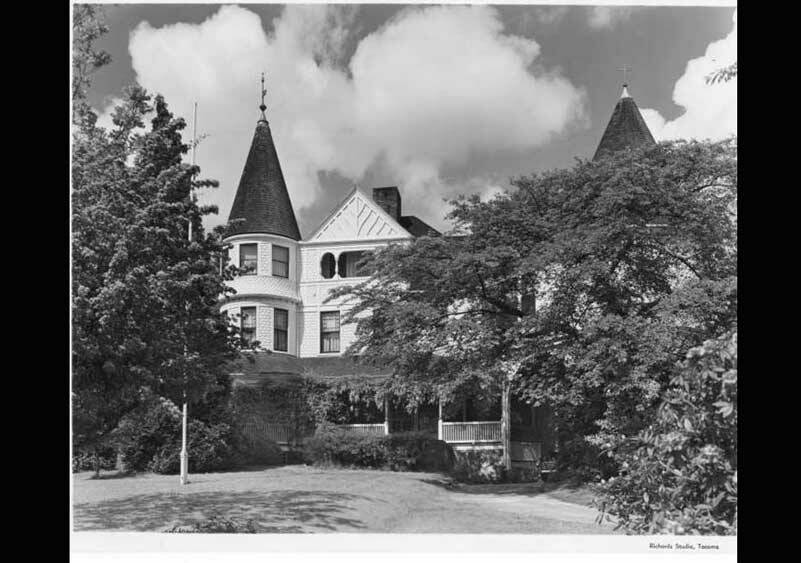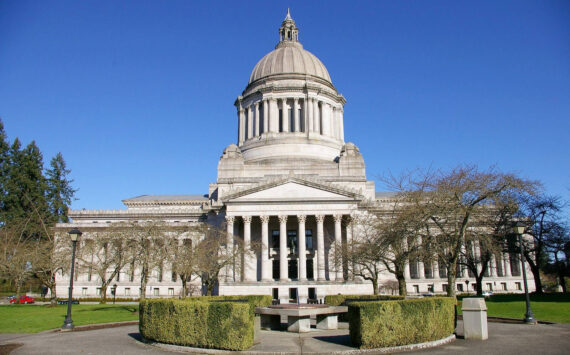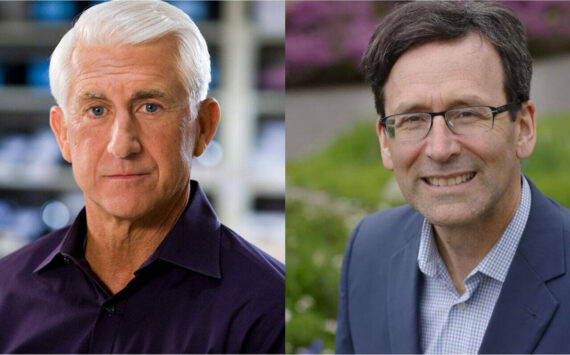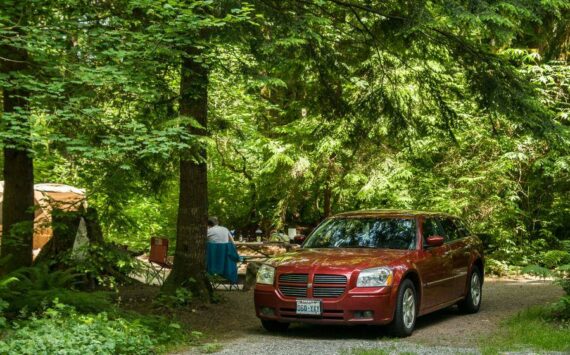By Morf Morford
Tacoma Daily Index
Hundreds, if not thousands of homes in Tacoma, from the Eastside to the South End to the North End are rapidly approaching, if they have not passed already, their hundredth birthday.
To put it mildly, a lot can happen in a hundred years.
These houses, in many neighborhoods have been through world wars (some have seen two of them) major depressions, upheaval, chaos and have certainly encountered botched (or highly creative) remodelling or updating.
Many were built from lumber fortunes, Prohibition proceeds or timely investments.
Some show a sense of architectural adventure, some incorporate or express an obsession of the owner or builder.
Some, like the Rust mansion on “I” street reflect difficult times – even tragedy.
Many have been the scene of crimes or the homes of celebrities.
Wouldn’t you love to go on a tour of homes to see where Frank Herbert, Bing Crosby, Buck Owens, Dale Chihuly and Kurt Cobain (among many other natives/residents) used to live?
Or how about a tour of significant crimes or homes of criminals?
Did you know that Charles Manson junior lived in the Tacoma area and attended Tacoma schools (while his father was in-residence at McNeil Island Federal Penitentiary)?
Or that for at least a decade or two, Tacoma was the host to several organized crime figures (and their families) relocated from major East Coast cities?
Those celebrities or figures may have departed, but for the most part, their former houses are still here.
Tacoma’s geography and history contribute to our unique opportunities for eccentricities.
With abundant gulches, steep hillsides and dead end streets, privacy is a possibility in ways few other communities – or city planners – could begin to imagine.
One house in Tacoma’s North End for example, though on a public street, is a discrete example.
This particular house was built by, and for, a well-known Chicago gangster relocated to Tacoma.
It’s a brick house on a dead-end street. It’s barely noticeable, until you look closely. It’s at a barely off-angle to the rest of the homes in the area. It has one street-facing window – and that window is very small. It’s a utility room with opaque glass.
In other words, this house is a fortress, designed to be impervious to any drive-by attack or retribution.
The living spaces face Commencement Bay and Vashon Island. There is no sense, once inside, of being isolated or cut-off. Nothing of the yard or home interior is visible from the street or sidewalk.
A normal family lives there now.
And they probably have no idea of the history of their home.
And few of us do.
For a variety of reasons.
When I first moved to my current home, one person told me that I was living near the biggest “speak-easy” in Tacoma.
I never found it, but it could have been in any one of the large homes with large bottom floors with discrete access and structurally engineered privacy.
One such home was recently sold.
This home stands about four houses from mine.
One neighbor went to an open house when the previous owners had left (or died) and put it on the market.
Besides a large bar on the bottom, gulch-facing dance floor, there was a prominently placed stripper pole.
Apparently this neighbor of mine was known for their wild neighborhood parties.
With few, if any cars, and party-goers walking to, and probably stumbling home from the event, discretion was ensured.
Many city fathers lived in that neighborhood back then, even law enforcement officials, but Prohibition or not, the party never stopped.
I was told of another home, this one in the North Slope area, which had an entire house, elaborately built inside a much plainer, and more public home.
And you never know what you will find inside historic Tacoma homes.
Many years ago I knew a professor whose speciality was stained glass. He told me that many historic homes in Tacoma had stained glass installations worth far more than the entire house.
A few times I visited a friend of my mother-in law who lived near the Stadium District.
This was about twenty years ago. This woman’s husband had been a doctor and they had summered in France for many years in the 1930s and ’40s.
They had gotten to know Pablo Picasso and each summer brought home a painting or plate of his.
Their home had rows of these plates and paintings – each one worth about one hundred thousand dollars. (When she died, the family fought over them all.)
With its long history of lumber barons, organized crime figures, celebrities, military adventurers and a few as yet unrecognized artists, writers and eccentrics, if you live in Tacoma, you never know what you will unearth when you tear out that wall or rehab that home.
Many of Tacoma’s great homes are long gone, but dozens, even a few hundred perhaps, are still standing.
If you want to see some of these one-of-a-kind historic homes up close, you have the opportunity each year thanks to the Tacoma Historical Societies’s tour of homes.
You can find out more about these annual tours here: https://www.tacomahistory.org/hometour.





